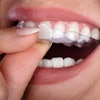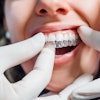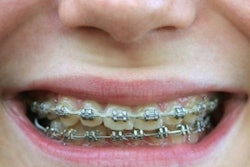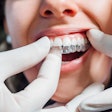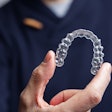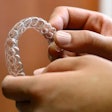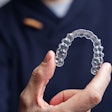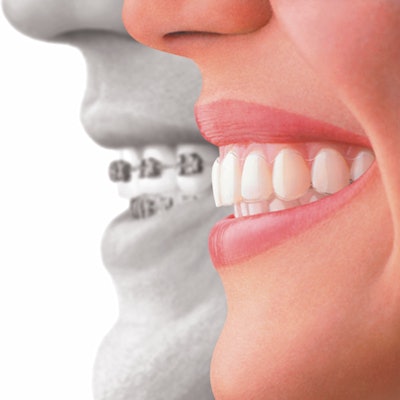
Are general or pediatric dentists better at identifying when a patient needs orthodontic treatment? Which group is more likely to refer a patient to an orthodontist? In a new study, researchers showed pretreatment orthodontic patient records to both general and pediatric dentists to find out.
Researchers from Texas found that both general and pediatric dentists were similarly able to identify patients who needed orthodontic care. However, general dentists are more likely to provide orthodontic/clear-aligner treatment themselves, they reported (American Journal of Orthodontics and Dentofacial Orthopedics, July 2019, Vol. 156:1, pp. 61-66).
They wanted to compare the dentists' appraisals of orthodontic case complexity and determine how their assessments influenced referral decisions.
Their study included the pretreatment orthodontic records of 20 patients with a variety of malocclusions and a range of scores on the American Board of Orthodontics Discrepancy Index (DI), which is composed of various measurable clinical entities. The score is higher when a patient has more of these conditions. The higher the score, the more complex the treatment is.
The patient records were presented to 20 pediatric dentists and 21 general dentists. The dentists were asked if they would refer the patient to an orthodontic specialist. They were also queried as to how many hours of continuing education (CE) in orthodontics they had taken.
The two groups of dentists similarly identified the case complexity of patients, the researchers reported. However, general dentists provided more overall orthodontic treatment themselves, and pediatric dentists had higher orthodontic referral rates for patients with DI scores both below 20 and 20 or higher (see table below).
| Referral decisions of pediatric and general dentists according to Discrepancy Index scores | |||
| Cases | Pediatric dentists | General dentists | Total |
| DI < 20 (n = 9) | 81.1% | 62.4% | 71.5% |
| DI ≥ 20 (n = 11) | 88.6% | 72.7% | 80.5% |
Regarding CE between the two groups, 57% of the general dentists took more than 10 hours of CE per year in orthodontics, compared with 40% of the pediatric dentists.
While the study authors listed no limitations, they did comment that their research indicated that an increase in orthodontic and clear-aligner education in dental school might be needed.
"It might be helpful to implement some changes in undergraduate and pediatric residency dentistry programs with particular emphasis on case complexity and importance of case referral in challenging circumstances," wrote the authors, led by Allison Piazza Batarse, DDS, of the department of orthodontics at the at the University of Texas Health Science Center at Houston School of Dentistry.
